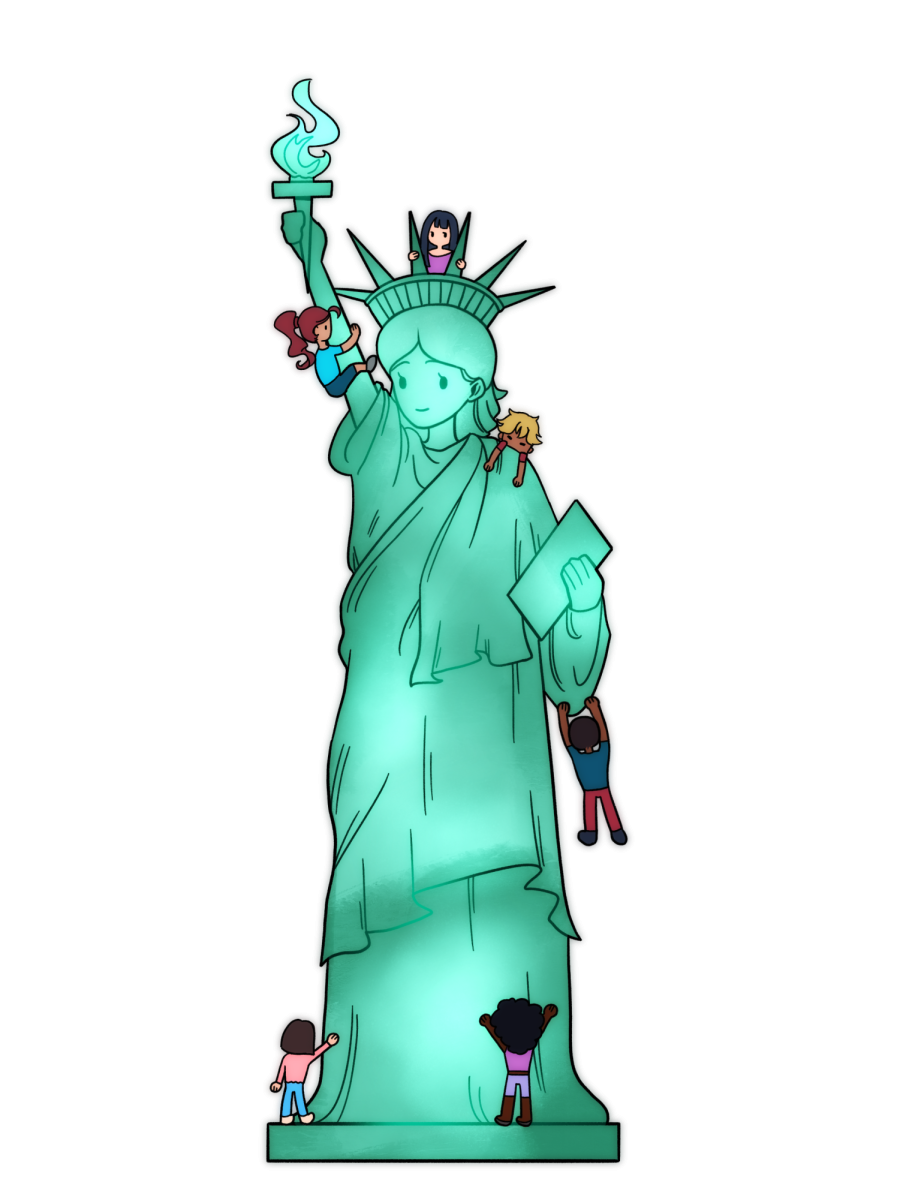Every spring, anxious seniors wait to hear back from colleges they applied to several months prior.
For some students, what seems like a prayer is answered as they receive the coveted admission to an elite school.
For others, their dreams of attending some schools are crushed, and they are heartbroken to have been denied admission to one of their dream schools.
For many students, rejection can be difficult to deal with, especially if some of their peers are accepted into schools they were rejected from.
Most years students place their rejections on a communal “Rejection Wall.”
Senior Emily Tsoi placed a few of her college rejections on the wall with the goal of contributing to fostering a community in which rejection is accepted.
“It shows people that rejection is fine. Seeing the other rejections that are up made me feel less alone, so hopefully contributing to it helps other people too.”
Emily Tsoi
On most posted rejections, students will underline, scribble or highlight parts of the letters and poke fun at the admissions officers or the school itself.
Tsoi doesn’t feel that there are any drawbacks to the wall.
“People can cross out their names,” Tsoi said. “Which lets them post their rejections anonymously, knowing that they don’t have to be afraid of being judged.”
The fear of rejection at Paly is real, exacerbated by the fear of not being one of the few students heading to elite schools across the nation. Being rejected from such a school can feel lonely and heartbreaking.
According to Tsoi, the wall helps her and other students come to terms with a college rejection.
“I think (the ‘Rejection Wall’) creates a more open culture where rejection isn’t something to be ashamed of,” Tsoi said. “Seeing other people be open about their rejections has definitely helped me feel more accepting of the idea of rejection…I think it’s helped others feel more okay with it, too.”
Senior Dominic Thibault, who has not yet posted any rejections on the wall, but plans on doing so, agrees.
“I think it’s a pretty healthy activity for everybody to air out their grievances with the colleges that rejected them.”
Dominic Thibault
Thibault also said that some of the rejection letters on the wall may have been falsified or edited.
“I just know there might be a couple that have been tampered with if you look closely at the wall,” Thibault said.
The rejection wall is not the only college-centered senior tradition at Paly. On May 1, known as “Decision Day,” a day in which all seniors across the nation must accept or decline their admission into schools that they had been admitted to, at Paly, seniors wear the shirts of the colleges they plan on attending.
This tradition is meant to bring excitement to seniors after a grueling admissions process. However, in recent years, this tradition has brought a new discussion to light: do these traditions perpetuate more competition among already stressed students? Students as students feel it can cause embarrassment to those who are not attending top universities.
Students attending community college, for example, have said they felt alienated, or out of place as their peers walk around flaunting the gear of “elite” schools. Though the tradition is not in any way meant to hinder those not attending top universities, many say it does. Paly class of 2017 graduate Arthur Halsted felt alienated after deciding to attend community college.
“At the time, I did feel alienated,” Halsted said. “ I felt like I wasn’t good enough. Over time though, I actually began to realize that Community College was the best thing that ever happened to me.”
For others, this tradition causes students to proclaim a school before they know every option, as students on waitlists of schools may not hear back from the school until later in the spring or over the summer.
Due to being put on waitlists, many students end up wearing shirts on May 1 of schools they don’t end up attending.
Paly graduate Sydney Lathi wore the shirt of the school she had been waitlisted on with a sheet of paper taped on that read, waitlisted.
Lathi thinks the college tee-shirts tradition is an opportunity for students to brag about the schools they are attending, which is why she tried to poke fun of the tradition.
“I think it’s a flex tradition,” Lathi said. “Like a time for people to flex what college they are going to.”
Paly graduate Steven Marinkovich was waitlisted at three schools.
Because of this, he wore a shirt of a school he did not attend, resulting in him not having the opportunity to wear his schools shirt with his peers.
“I wouldn’t necessarily classify it as unfair,” Marinkovich said. “I just think it’s something that’s a little flawed, but I don’t really think there’s a good solution to it.”
The t-shirt tradition has spanned many years of graduates and despite students’ and parents’ many viewpoints on the issue, there still seems to be a general consensus of students in support of the classic tradition.
Halstead said, “I am in full support of graduation caps and t-shirts.”







